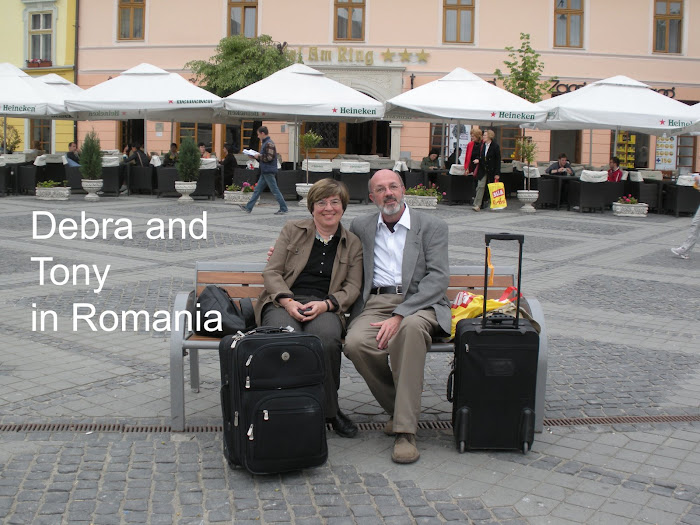Why do these buildings have so much power for me? I am working my way through this question, and here is what I have come up with so far. First, they are constantly different in their intricacies and meaning. Second, I have had to learn about them by looking (rather than my usual way, by scholarship). Third, I enjoy the kind of intellectual quest that trying to find out about them has posed for me (mainly, until I can get to a libaray, hunting down clues online). And fourth, there is something about this kind of aesthetic that I respond to. (Why I respond is another question altogether. . . )
In particular, I love the Palace of Culture in Targu Mures. I love the simplicity of exterior and the complexities of the interior. I love the way the windows refer to specific details of Romanian life. I love that I have built (almost on my own) a framework for looking at such a building. And I love the fact that I can trace the architects' work. Finally, I find it extraordinarily poignant that Komor died in the Holocaust, and that here I am, over 50 years later, discovering him through his work.


No comments:
Post a Comment